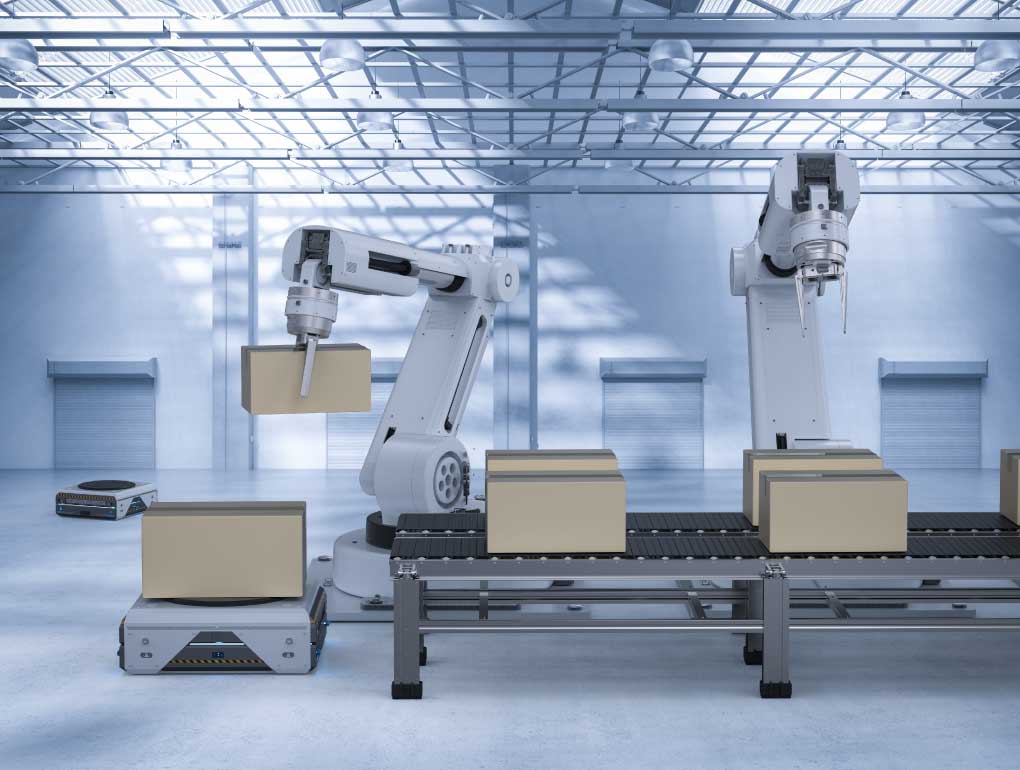
How to deploy a mobile robot for flexible automation?
In today’s fast-paced world, the demand for flexible automation solutions continues to grow. Mobile robots have become an essential tool in a wide range of industries, offering efficiency, flexibility, and improved productivity. But deploying a mobile robot for flexible automation requires careful planning and execution to ensure success. In this article, we will guide you through the process of deploying a mobile robot for flexible automation, covering everything from choosing the right robot to implementing best practices for optimal performance.
Benefits of deploying a mobile robot for flexible automation
Before diving into the deployment process, let’s first explore the key benefits of using a mobile robot for flexible automation:
- Increased efficiency: Mobile robots can perform tasks quickly and accurately, helping to streamline operations and reduce labor costs.
- Flexibility: Mobile robots can adapt to changing work environments and tasks, making them ideal for dynamic production settings.
- Improved safety: By taking on repetitive or hazardous tasks, mobile robots can help reduce the risk of injuries in the workplace.
- Enhanced productivity: With their ability to work around the clock, mobile robots can help increase overall productivity and output.
Steps to deploy a mobile robot for flexible automation
Now that we’ve covered the benefits, let’s delve into the steps involved in deploying a mobile robot for flexible automation:
- Identify your automation needs: Start by identifying the specific tasks or processes that would benefit from automation. Consider factors such as volume, complexity, and safety requirements.
- Choose the right robot: Select a mobile robot that is suited to your application and environment. Consider factors such as payload capacity, navigation technology, and compatibility with existing systems.
- Plan the deployment: Develop a detailed deployment plan that outlines the tasks, timeline, and resources required for implementation. Consider factors such as layout, infrastructure, and safety protocols.
- Integration with existing systems: Ensure seamless integration with existing automation systems and software to maximize efficiency and productivity.
- Train your team: Provide comprehensive training for your team to ensure they are familiar with operating and maintaining the mobile robot effectively.
- Monitor performance: Regularly monitor the performance of the mobile robot and make adjustments as needed to optimize efficiency and productivity.
- Continuous improvement: Implement a process of continuous improvement to identify and address any bottlenecks or inefficiencies in the deployment process.
By following these steps and best practices, you can successfully deploy a mobile robot for flexible automation and reap the benefits of improved efficiency, productivity, and safety in your operations.
Was this helpful?
0 / 0